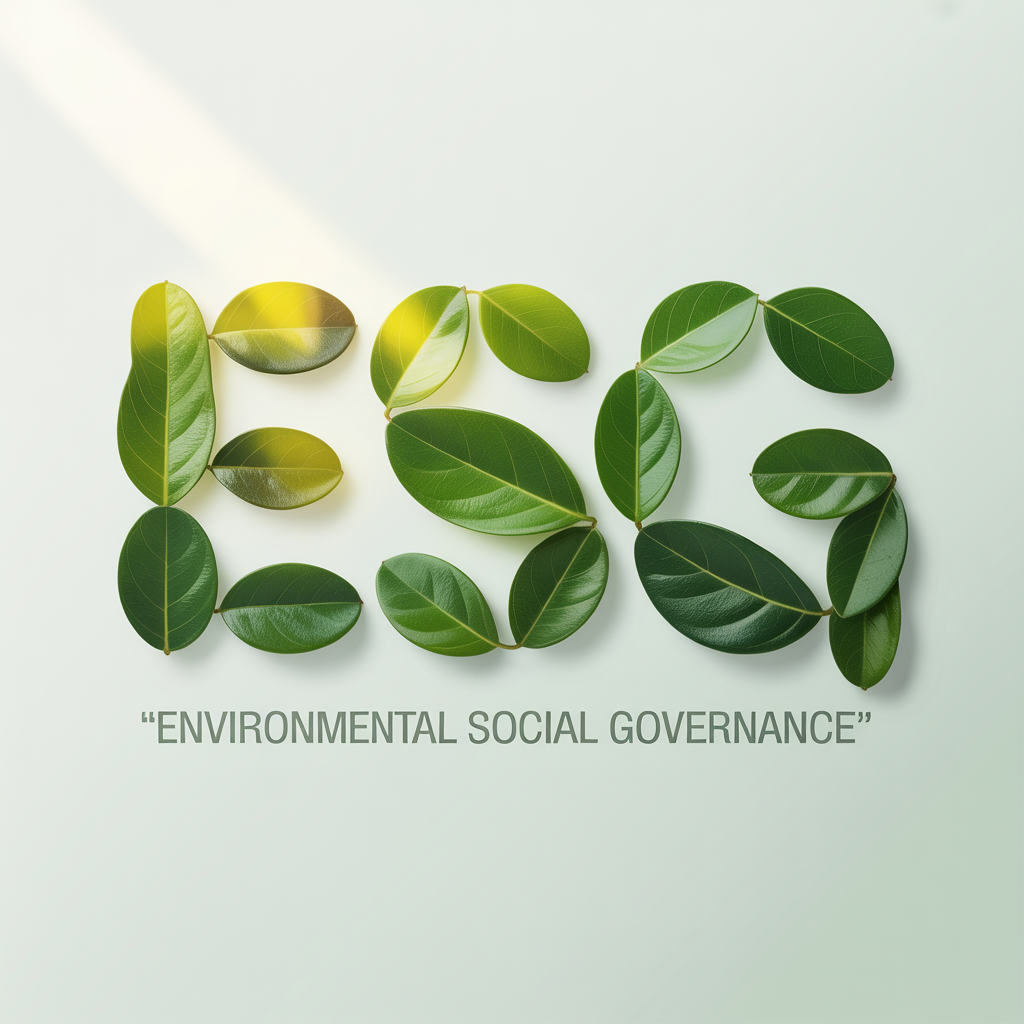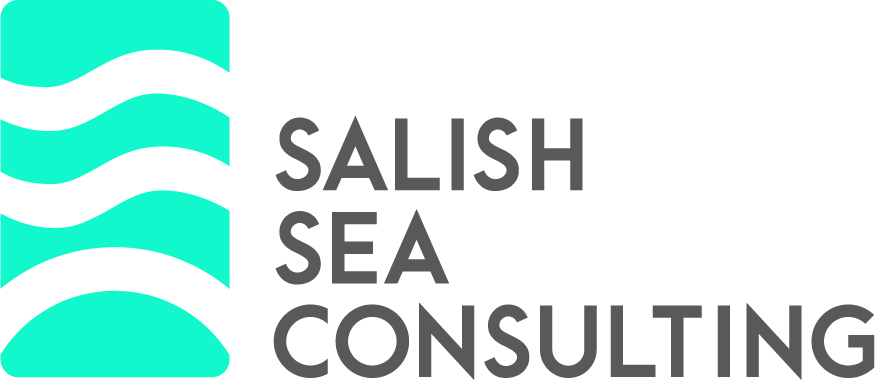Using ESG Frameworks A Guide to Sustainable Business Practices and Accountability

ESG frameworks are becoming essential for businesses like yours. These frameworks help you address environmental, social, and governance factors in your operations. They’re not just about compliance—they can guide better decision-making and build trust with stakeholders.
As more consumers and investors focus on sustainability, adopting an ESG framework gives you a competitive edge. It shows your commitment to responsible practices while meeting growing expectations for transparency. But how do you choose the right framework? And what steps should you take to implement it effectively?
This article will break down the basics of ESG frameworks so you can make informed decisions that align with your goals.
What Are ESG Frameworks?
ESG frameworks provide guidelines for evaluating a company's environmental, social, and governance practices. These frameworks help measure how business activities impact sustainability and ethical responsibilities.
They establish standardized metrics for transparency in operations. By using these metrics, you can compare performance across industries or regions.
Popular ESG frameworks include the Global Reporting Initiative (GRI), Sustainability Accounting Standards Board (SASB), and Task Force on Climate-related Financial Disclosures (TCFD).
- GRI: Focuses on broad sustainability reporting with globally applicable standards.
- SASB: Emphasizes industry-specific disclosures relevant to investors.
- TCFD: Guides organizations in climate risk management and financial impact disclosure.
Different stakeholders rely on ESG frameworks to assess risks and opportunities. This includes investors seeking sustainable portfolios, consumers prioritizing ethical brands, or regulators enforcing compliance requirements.
Selecting an appropriate framework depends on your organization's goals. For example:
- Companies targeting global audiences often adopt GRI due to its international recognition.
- Businesses focused on investor relations might prefer SASB for its industry-aligned approach.
Using an ESG framework encourages consistent reporting while improving accountability for environmental and societal commitments.
Key Components Of ESG Frameworks
ESG frameworks break down into three core areas: environmental, social, and governance. Each component addresses specific aspects of a company's impact and responsibilities.
Environmental Factors
Environmental factors evaluate how your organization interacts with natural resources. These metrics reflect efforts to minimize harm and manage sustainability.
- Carbon emissions: Measure greenhouse gas output from operations (e.g., energy use or transportation).
- Energy efficiency: Track the use of renewable resources like wind or solar power.
- Waste management: Include recycling programs or reduced plastic packaging initiatives.
- Water usage: Ensure sustainable consumption in manufacturing or daily operations.
Adopting these practices demonstrates active environmental stewardship.
Social Factors
Social factors assess your company’s relationships with employees, customers, and communities.
- Employee welfare: Monitor workplace safety conditions and fair wages.
- Diversity & inclusion: Promote equal opportunities across hiring policies.
- Community engagement: Support local projects through donations or volunteer work.
- Customer satisfaction: Build trust by maintaining ethical marketing standards.
Strong social commitments enhance stakeholder confidence over time.
Governance Factors
Governance focuses on internal controls ensuring accountability and transparency within business practices.
Board composition: Maintain diversity among directors for balanced decision-making.
Anti-corruption measures: Enforce strict compliance against unethical behavior.
Shareholder rights protection: Provide equitable voting powers during important decisions.
Executive compensation policies: Align leadership incentives with long-term performance goals.
Robust governance structures mitigate risks tied to mismanagement or fraud.
Significant ESG Frameworks And Standards
Several widely recognized frameworks guide organizations in ESG reporting. Each framework addresses unique aspects of sustainability and governance, helping you meet specific stakeholder expectations.
Global Reporting Initiative (GRI)
The GRI framework focuses on comprehensive sustainability reporting across diverse topics.
It covers environmental metrics like carbon emissions, biodiversity impact, water usage, and waste management.
Social indicators include human rights practices, community impacts, labor standards, and diversity efforts.
Governance disclosures involve anti-corruption measures and transparency in decision-making.
This framework supports companies aiming to provide a broad overview of their ESG performance for global audiences. You can use it to demonstrate accountability to customers, investors, regulators, or NGOs.
Sustainability Accounting Standards Board (SASB)
SASB concentrates on financially material ESG issues relevant to individual industries.
Its standards span 77 industries with tailored metrics addressing key risks and opportunities.
Examples include energy efficiency for manufacturing firms or data privacy for tech companies.
SASB enables consistent communication with investors by linking ESG factors to financial performance.
If your organization seeks investor-focused insights tied directly to value creation within your industry sector, SASB may fit your needs best.
Task Force on Climate-related Financial Disclosures (TCFD)
TCFD provides guidance on assessing and managing climate-related risks and opportunities.
It recommends disclosing governance structures overseeing climate issues at the board level.
Strategy elements focus on identifying short-, medium-, or long-term impacts from climate change scenarios.
Risk management processes evaluate physical threats like extreme weather events or transition risks tied to regulatory changes.
Financial institutions often adopt TCFD because its approach aligns well with understanding portfolio exposure. By using this framework in operations sensitive to climate impact—such as energy production—you strengthen resilience planning while meeting market demands for transparency.
Why Using ESG Frameworks will Help You
ESG frameworks offer measurable benefits that align with business growth and sustainability goals. These advantages span risk management, stakeholder trust, and financial performance.
Improved Risk Management
- Identify potential environmental risks like climate-related disruptions or regulatory penalties. For example, the TCFD framework helps businesses address climate risks systematically.
- Reduce social risks by promoting diversity and safeguarding employee rights through structured governance policies.
- Mitigate governance issues by ensuring transparent practices in executive compensation or anti-corruption measures.
- By addressing these areas proactively, you can minimize liabilities and enhance operational resilience.
Enhanced Stakeholder Trust
- Build credibility with investors by demonstrating accountability through ESG disclosures like those offered by GRI or SASB standards.
- Strengthen customer loyalty by showcasing commitments to ethical sourcing or carbon reduction initiatives in public reports.
- Improve employee morale when adopting inclusive workplace practices outlined under social factors in an ESG framework.
Trust grows as stakeholders see your organization prioritizing responsibility over short-term gains.
Long-term Financial Performance
Attract sustainable investment from funds focused on companies meeting ESG criteria.
Increase profitability through cost-saving measures such as energy-efficient processes monitored under environmental metrics.
Achieve market differentiation, which can boost revenue, particularly in industries where consumers value transparency and ethics.
Integrating ESG principles into your strategy supports both financial health and competitiveness over time.
Choosing the right ESG framework is a critical step toward building a sustainable, transparent, and resilient business. It’s not just about compliance; it’s an opportunity to align your operations with evolving stakeholder expectations and long-term goals.
By integrating ESG practices into your strategy, you position your organization to thrive in an increasingly sustainability-focused landscape. Embrace this as more than a regulatory necessity—it’s a chance to drive meaningful change while reinforcing trust and accountability across all levels of your business.
Frequently Asked Questions
What does ESG stand for?
ESG stands for Environmental, Social, and Governance. These three categories assess a company's sustainability practices, ethical responsibilities, and governance structures to ensure accountability and long-term value creation.
Why is adopting an ESG framework important?
Adopting an ESG framework helps businesses enhance decision-making, comply with regulations, build stakeholder trust, manage risks effectively, and gain a competitive advantage by demonstrating commitment to responsible practices.
What are the key components of ESG frameworks?
The key components include environmental factors (e.g., carbon emissions), social factors (e.g., employee welfare), and governance factors (e.g., board accountability). Together, these reflect a company’s overall sustainability efforts.
Which are the most popular ESG frameworks?
Popular ESG frameworks include the Global Reporting Initiative (GRI) for comprehensive reporting; Sustainability Accounting Standards Board (SASB) for industry-specific disclosures; and Task Force on Climate-related Financial Disclosures (TCFD) for climate risk management.
How do I choose the right ESG framework for my business?
Select an ESG framework aligned with your business goals. For example: use GRI if targeting global stakeholders or SASB if focusing on investor relations within specific industries.
What benefits can businesses gain from using an ESG framework?
Benefits include improved risk management, stronger stakeholder trust through transparency, enhanced financial performance via sustainable investments, and better resilience against future challenges.
Are there challenges in implementing ESG frameworks?
Yes. Challenges include lack of standardization across frameworks, resource-intensive data collection processes—especially for small businesses—and balancing short-term profits with long-term sustainability objectives.




